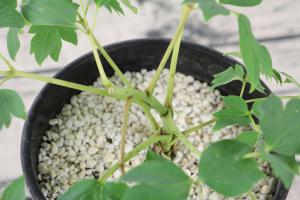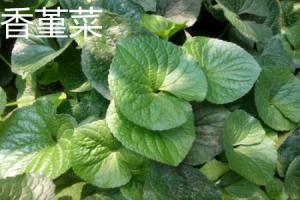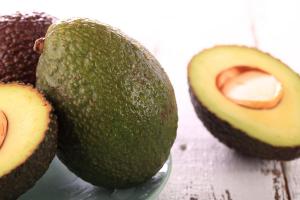How to Prune an Overgrown Tomato Plant
Introduction
Tomato plants are known to grow rapidly, especially when they are given the right growing conditions such as ample sunlight, water, and nutrients. However, an overgrown tomato plant can lead to problems such as decreased yields, increased susceptibility to diseases, and pest infestations. Therefore, it is essential to prune your tomato plant regularly to ensure it grows healthily and produces high-quality fruits.
Tools Needed
Before you start pruning your overgrown tomato plant, you need to get the right tools. Some of the essential tools you will need include pruning shears, gardening gloves, and a pair of scissors. The pruning shears are primary in removing the large branches, while gardening gloves will help protect your fingers from cuts and thorns. The scissors are also essential in clipping off smaller branches.
When to Prune
Tomato plants can be pruned at any stage of their growth, but it is best to start early before they become overgrown. If you notice that your tomato plant has come out of control, it is advisable to prune off the undesired parts as soon as possible. Ideally, prune the tomato plants early in the morning when the temperatures are cool and avoid the hot afternoons which can cause stress to the plant.
Pruning Steps
Step 1:Identify the right branches to prune
Start by identifying the parts of the plant that need pruning. Look for branches that are yellowing or are diseased. These branches are an ideal spot for pests and diseases to spread to other parts of the plant. The older leaves that are at the bottom of the plant can also be removed.
Step 2:Trim the branches
Use the pruning shears to trim off any large branches that are interfering with the structure of the plant. Cut off the larger branches near the stem of the plant. Avoid cutting too close to the stem, as this might damage the plant. Make clean, sharp cuts to avoid a rough edge that can attract pests and disease pathogens.
Step 3:Remove the suckers
Suckers are small, leafy shoots that grow in the axils of the leaf and the stem of the plant. They can divert the plant's energy from growing the fruit, leading to lower yields. Use your scissor to snip off the suckers to allow the plant to concentrate its energy and nutrients into the main stem, which will help accelerate the growth of the plant's fruit.
Conclusion
Pruning is an essential step in growing healthy and productive tomato plants. It helps control the growth of an overgrown plant, enhance air circulation and light penetration, and spurs the production of high-quality fruit. By following the above steps, you can easily prune your tomato plant, guaranteeing you grows healthy and productive plants. With appropriate care, your tomato plant will bear fruit throughout the growing season, providing fresh, nutrient-dense tomatoes for your kitchen.

 how many times do yo...
how many times do yo... how many planted tre...
how many planted tre... how many pine trees ...
how many pine trees ... how many pecan trees...
how many pecan trees... how many plants comp...
how many plants comp... how many plants can ...
how many plants can ... how many plants and ...
how many plants and ... how many pepper plan...
how many pepper plan...






























